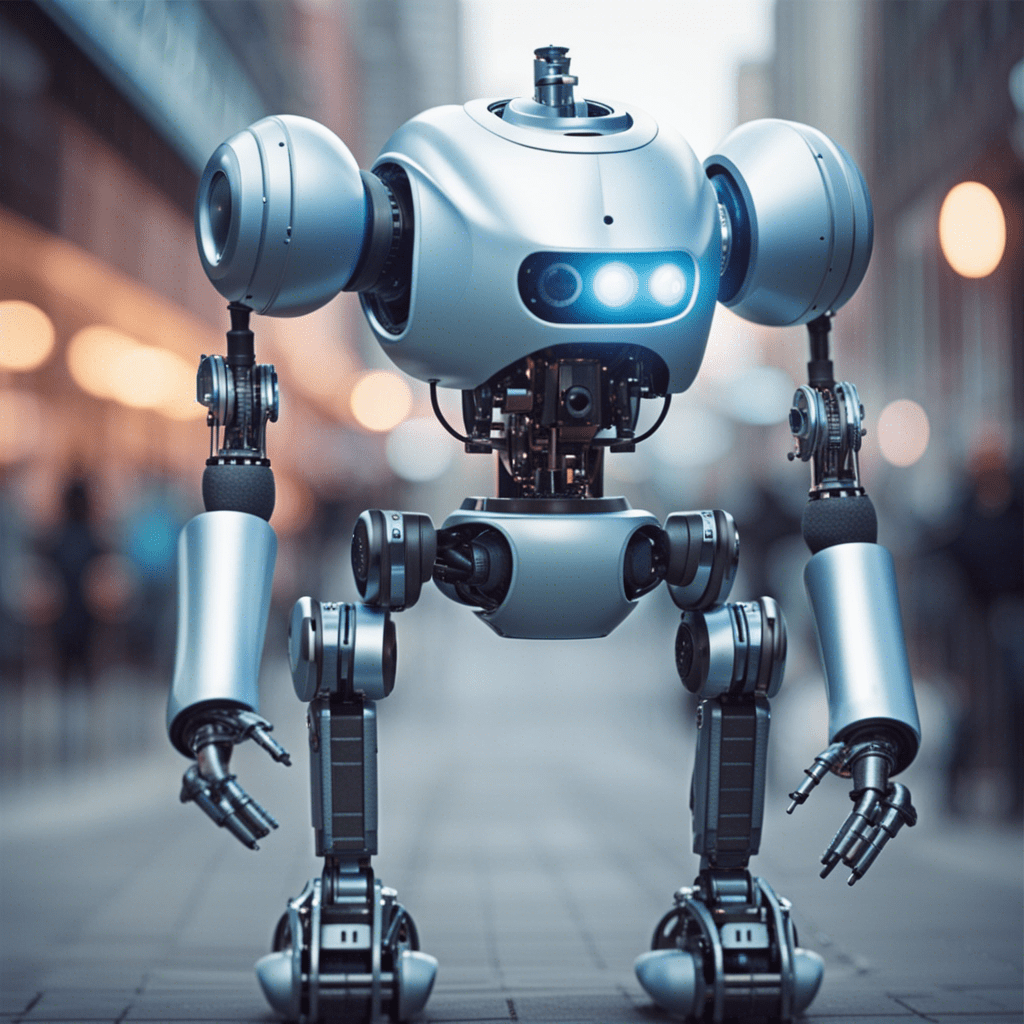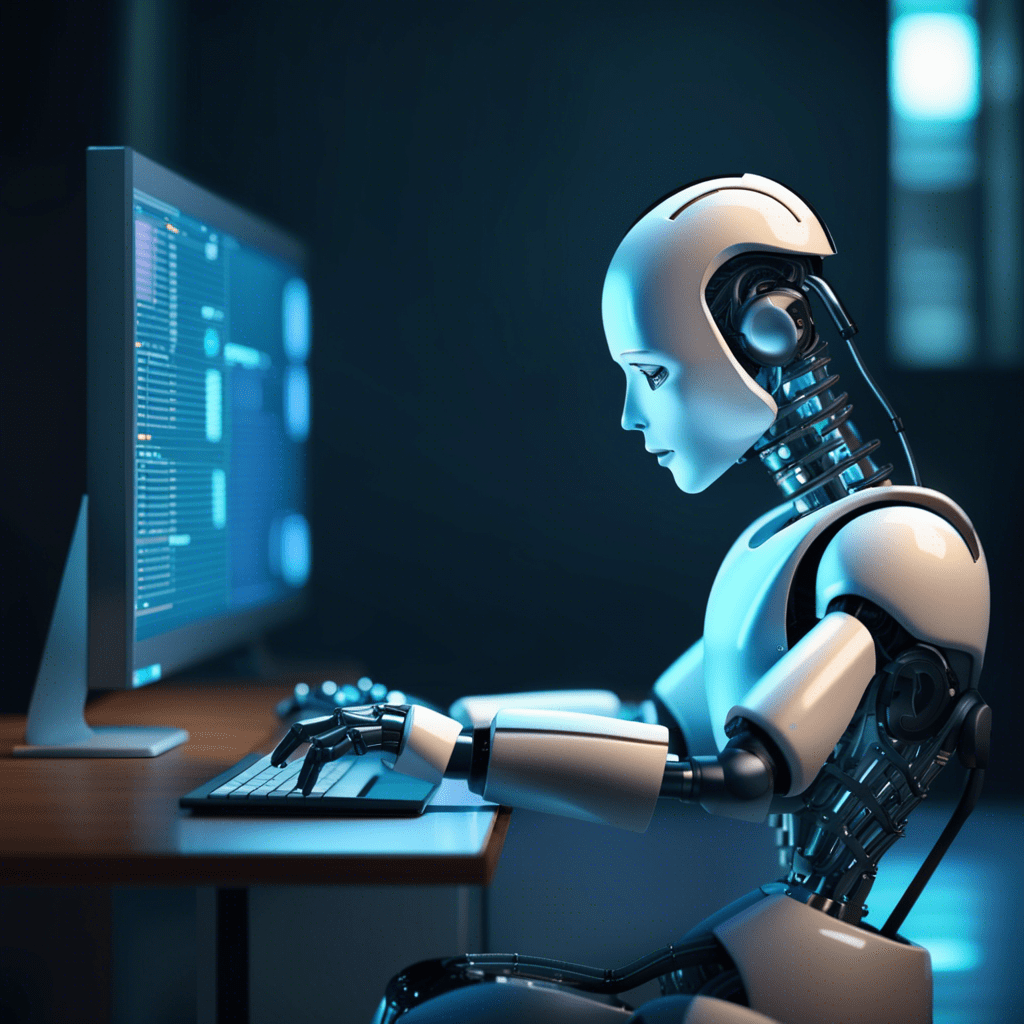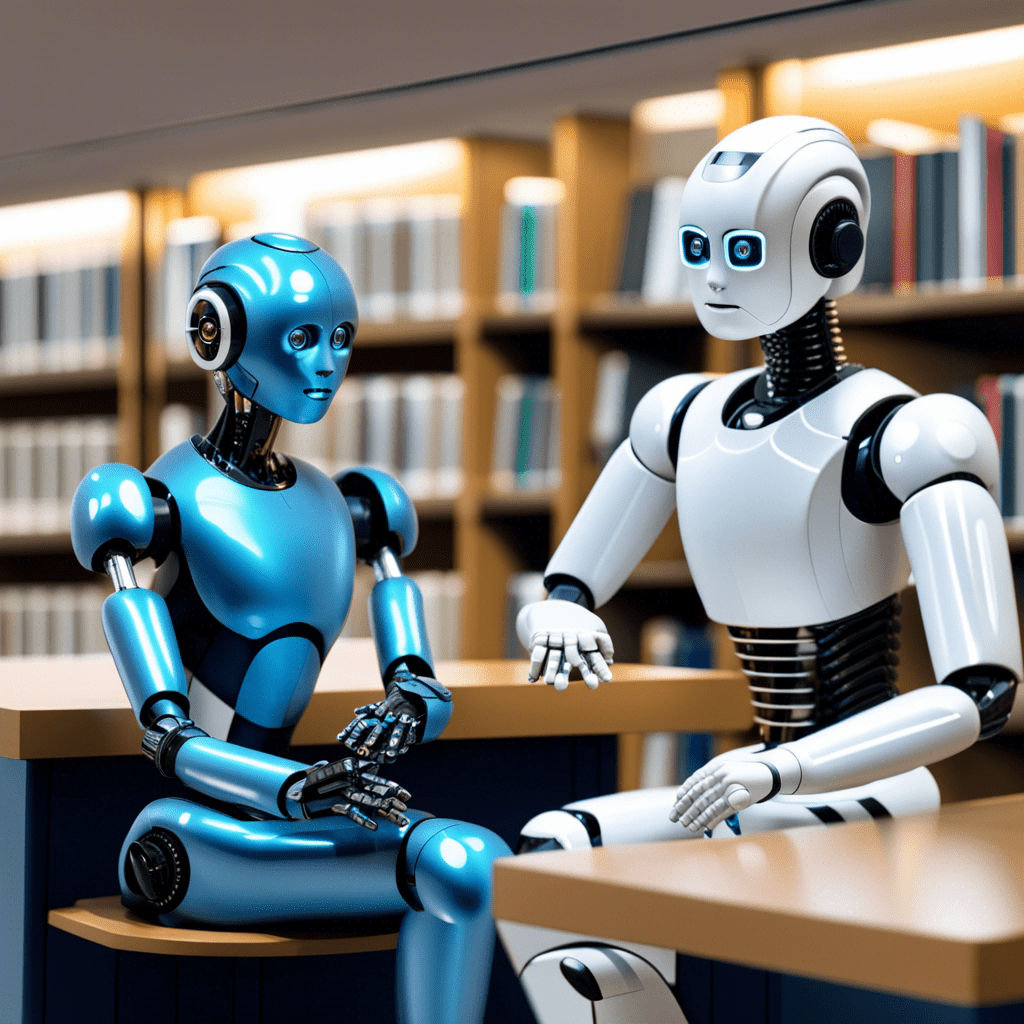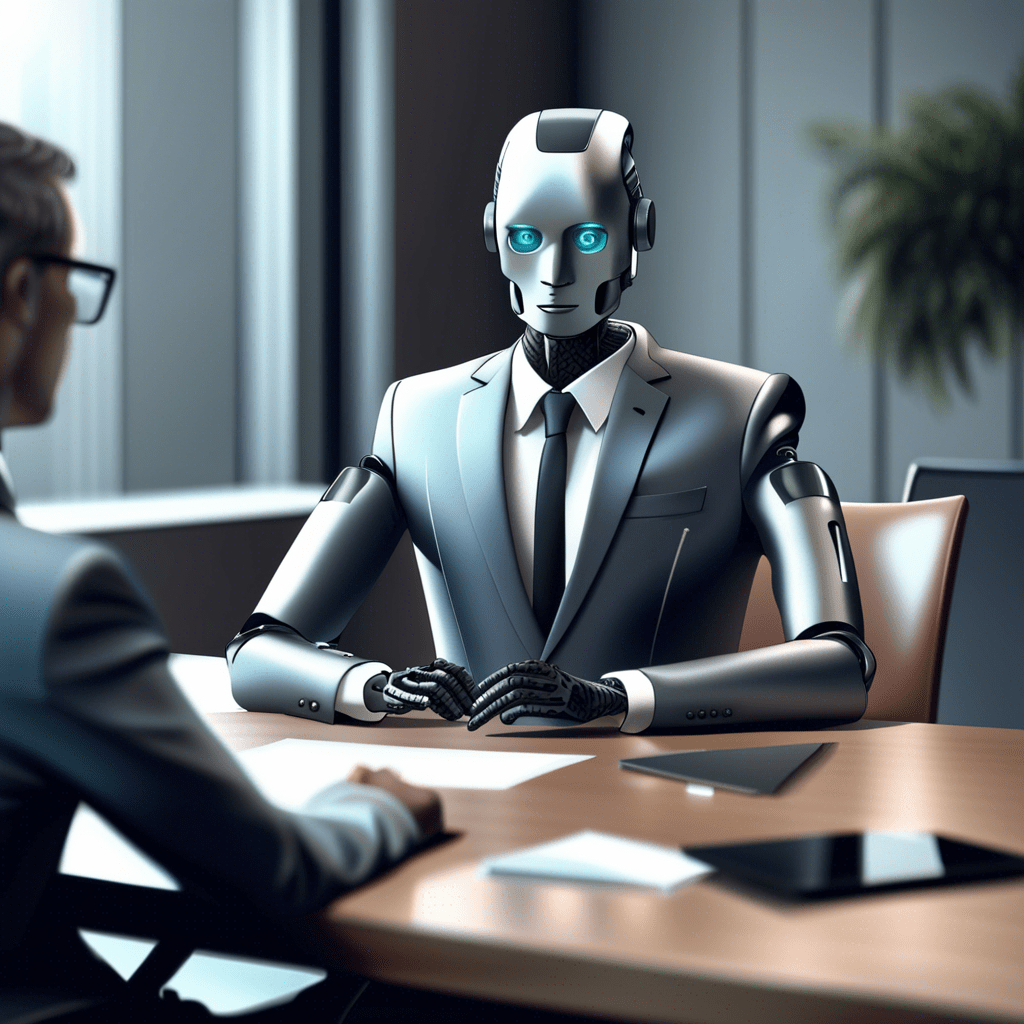- Home
- Uncategorized
- The Dawn of AI and Generative AI

Artificial Intelligence (AI) and Generative AI are two powerful, emerging technologies reshaping the business world. While they are closely related, they serve distinct functions.
Traditional AI is designed to perform tasks usually requiring human intelligence, leveraging cognitive abilities to mine data and continuously adjust its performance based on past events. In contrast, Generative AI, a specialized form of AI, is designed to create content - text, images, music, or even videos. It incorporates AI algorithms to mimic patterns in datasets, enabling replication of a variety of content forms, including Deepfake videos and voice messages.
Deep Dive into AI and Generative AI Traditional AI is a software-based approach used to replicate or even extend human intelligence and ingenuity. It allows systems to perform complex tasks, analyse vast amounts of data swiftly, unearth patterns from historical data, and fine-tune decision-making processes.
AI outperforms human capacity when identifying patterns across enormous datasets, using specialized GPU processors for high-speed computing. Some AI systems even predict future trends based on these patterns – a capability referred to as predictive analytics.
These features translate into critical business enhancements such as effective expansion strategies, threat detection, improved product recommendations, more responsive customer services, and tightened inventory management. AI serves as an auxiliary advisor, supplementing management decisions.
AI adds depth to data analytics, providing increased accuracy and speed. With the correct usage, AI can magnify the success rate by basing data analytics decisions on large and high-quality datasets - past or real-time data.
Generative AI, on the other hand, is geared for content creation, combining algorithms, large language models, and deep learning neural networks. Though termed 'original', the output from generative AI models essentially leverages machine learning and other AI techniques to base content on previous instances of creativity.
Extensive data sets form a significant part of Generative AI, allowing it too analyses substantial databases and develop new data sets or business processes, thereby giving businesses a competitive advantage.
The application of Generative AI spans across numerous use-cases. It augments (rather than replaces) the work of writers, designers, artists, and musicians by generating novel materials. From generating text and images to compiling videos and creating music, Generative AI's potential is now being recognized in multiple domains such as product design and delivering personalized user experiences.
Comparing AI and Generative AI Both AI and Generative AI employ machine learning algorithms to achieve their goals, but the application differs. Generative AI aims at creating new content using art, music, and data patterns, while traditional AI has a broader domain.
In summary:
- Generative AI is creative, developing content that has never existed before, while traditional AI focuses more on analysis, decision-making, and increased productivity.
- Traditional AI uses historical and real-time data for predictive analysis, while Generative AI combines observed patterns into unique new entities.
- Generative AI uses complex algorithms for its narrow but creative use-cases, whereas the traditional AI's scope is broader and depends on the algorithm's design to analyze data, make predictions and automate actions.
In essence, algorithms form the basis of AI, enabling systems to interpret vast amounts of data and providing autonomy to data models. Generative AI is a subset of AI that uses these algorithms with a creative bent. As a result, Generative AI has emerged as the most disruptive form of AI due to its creativity.





